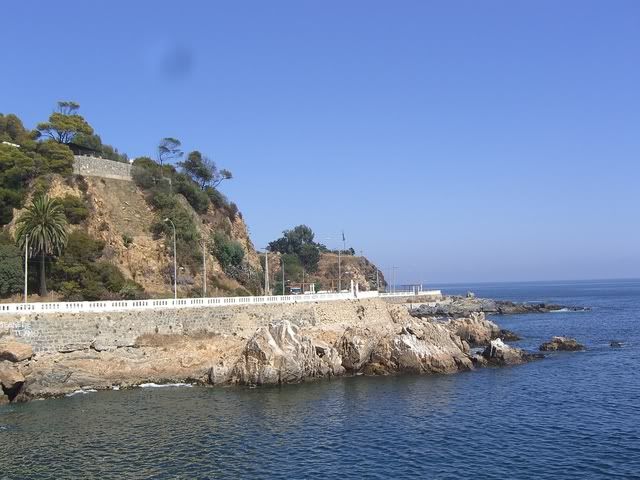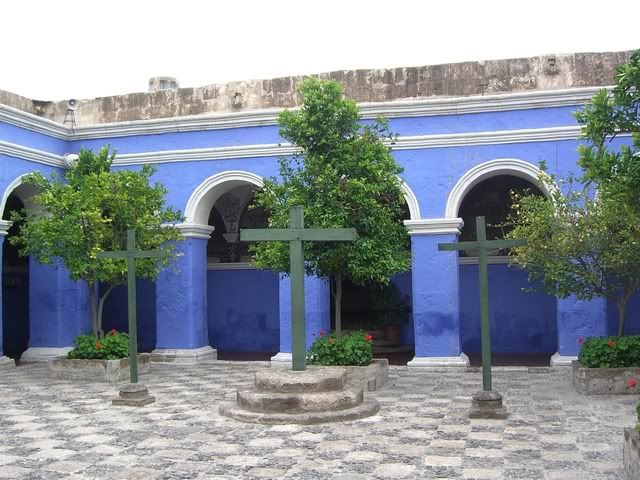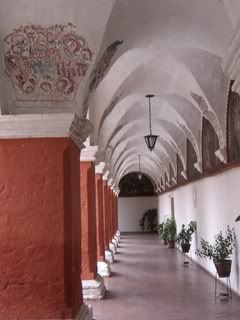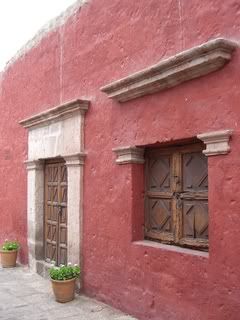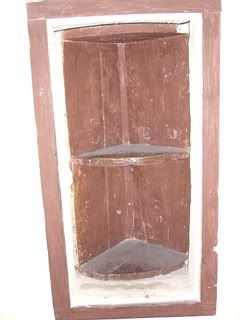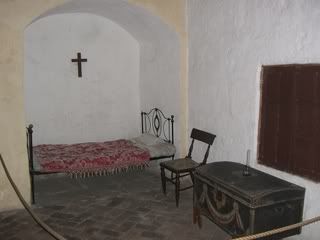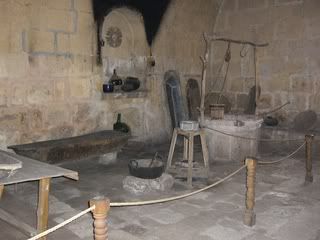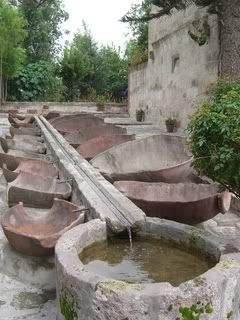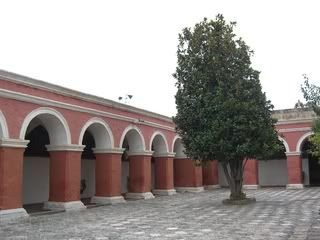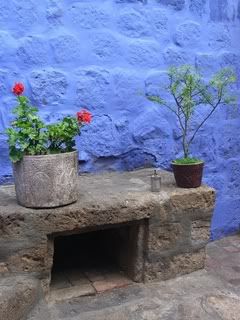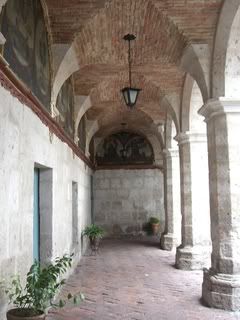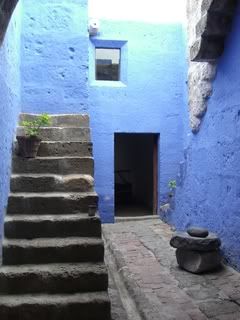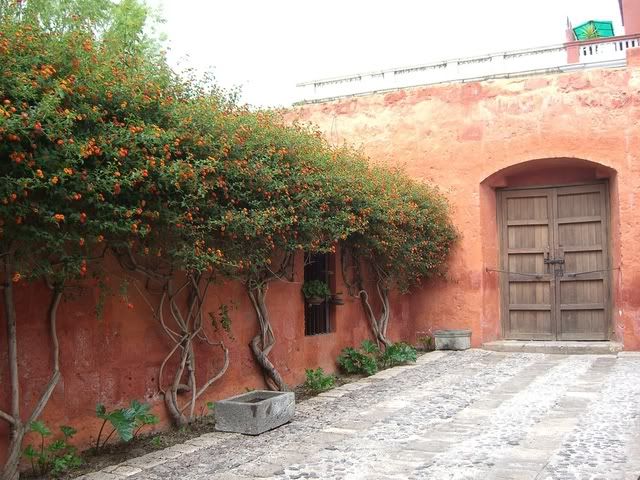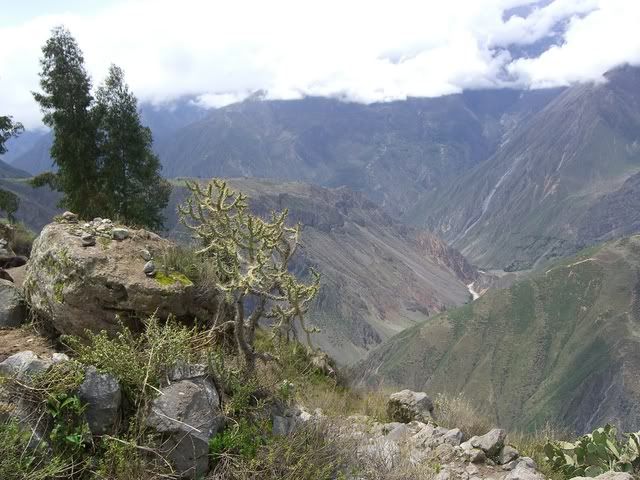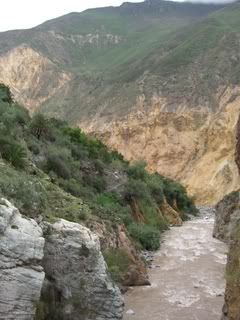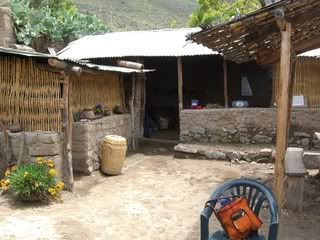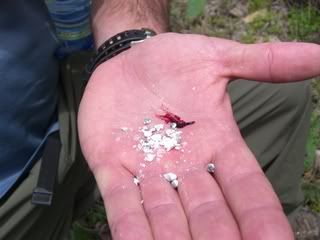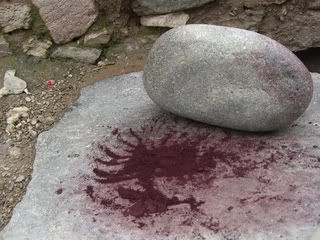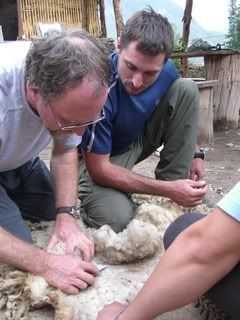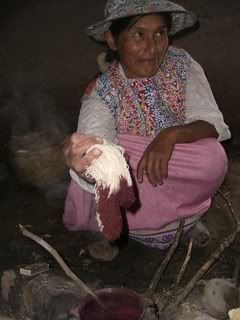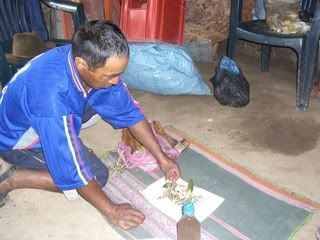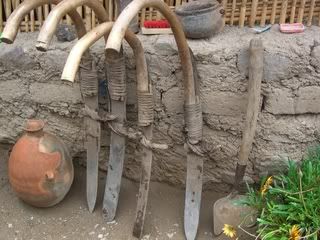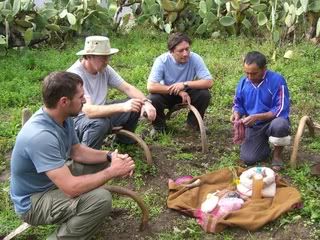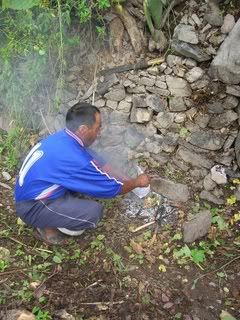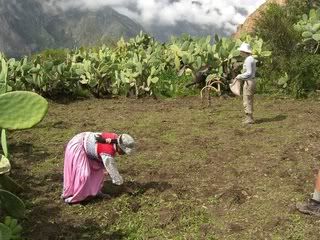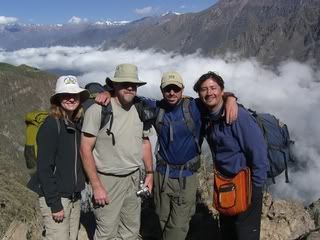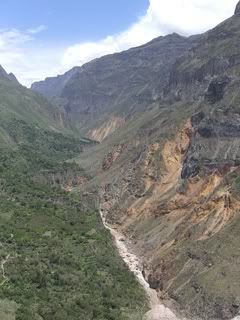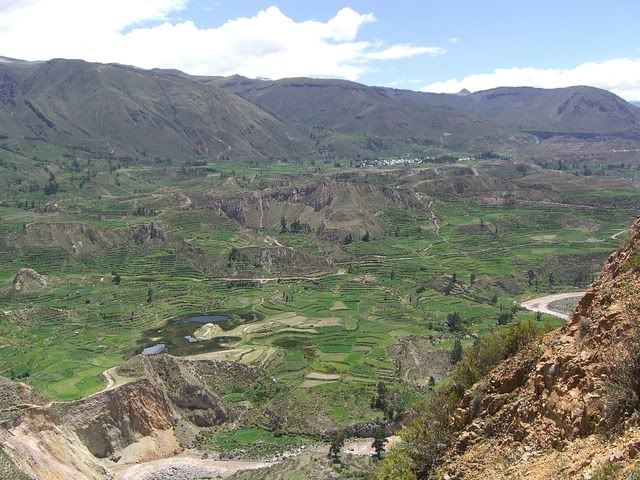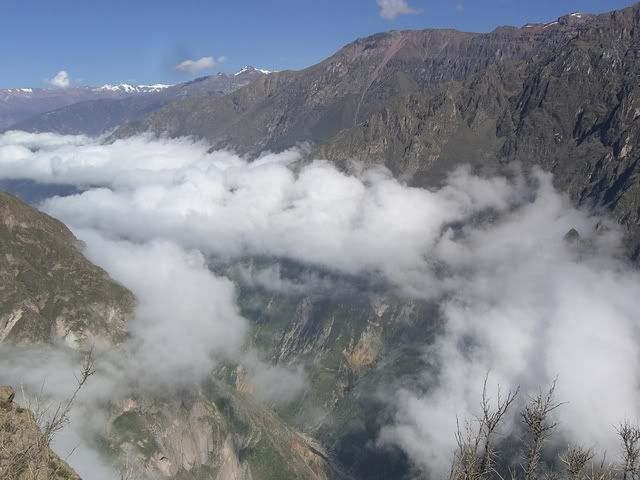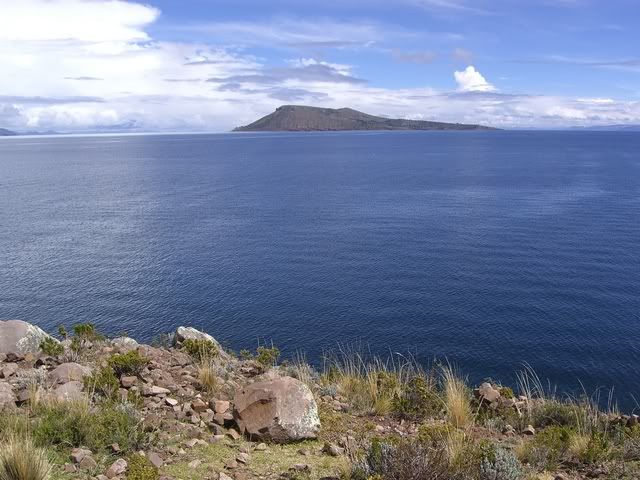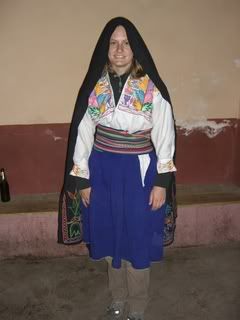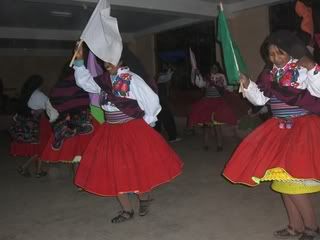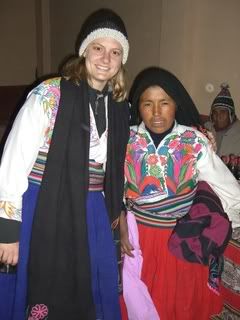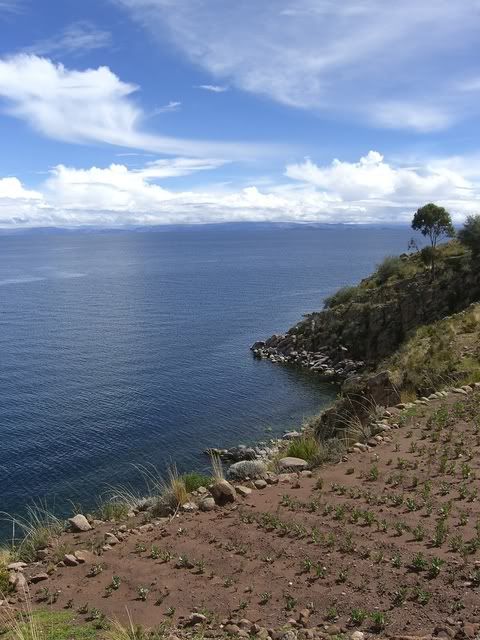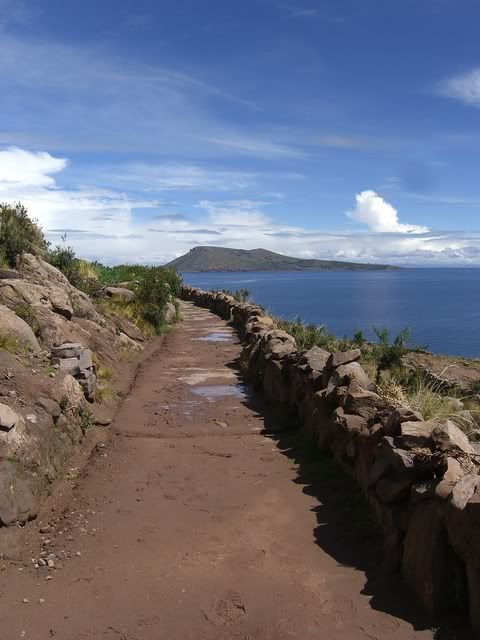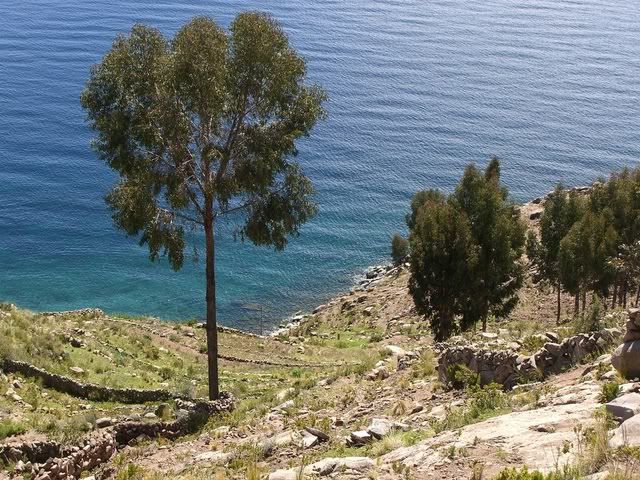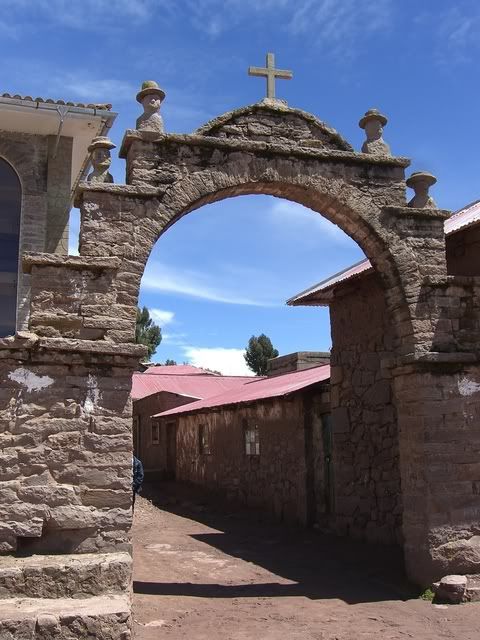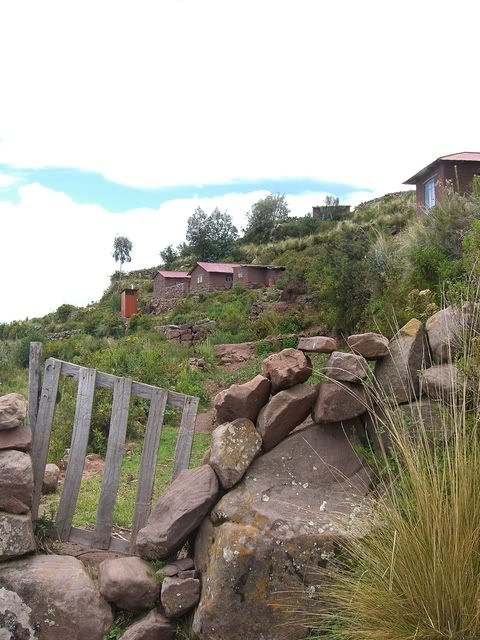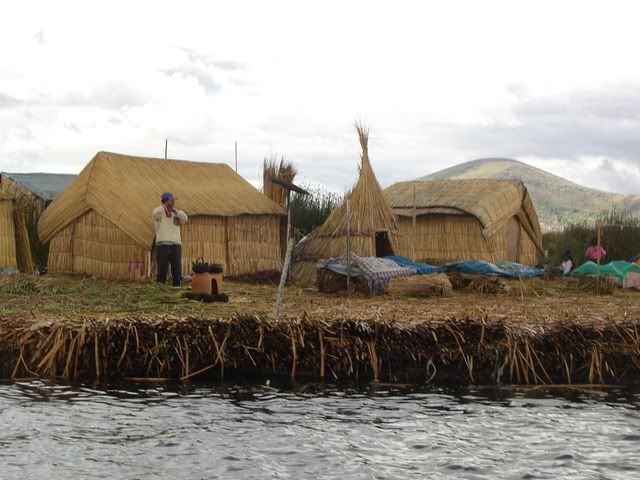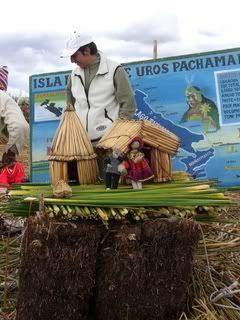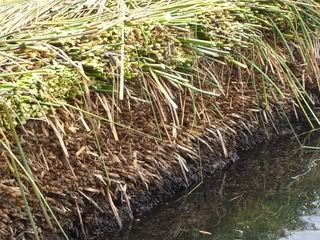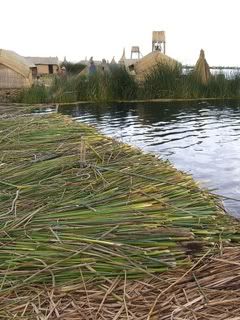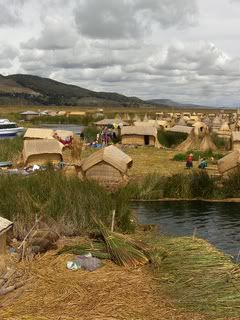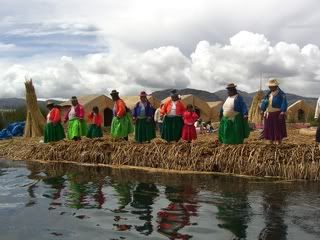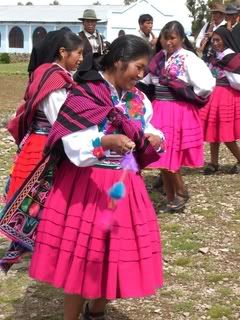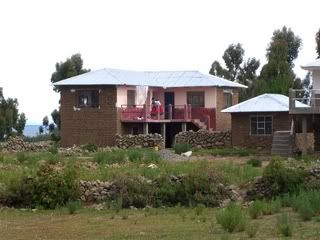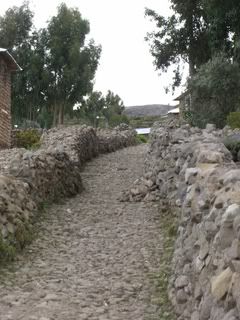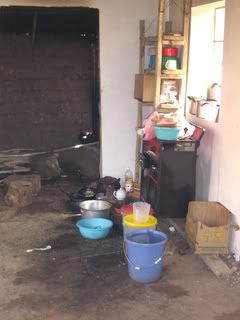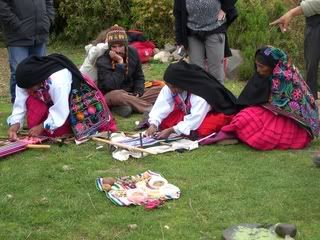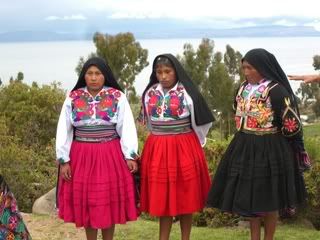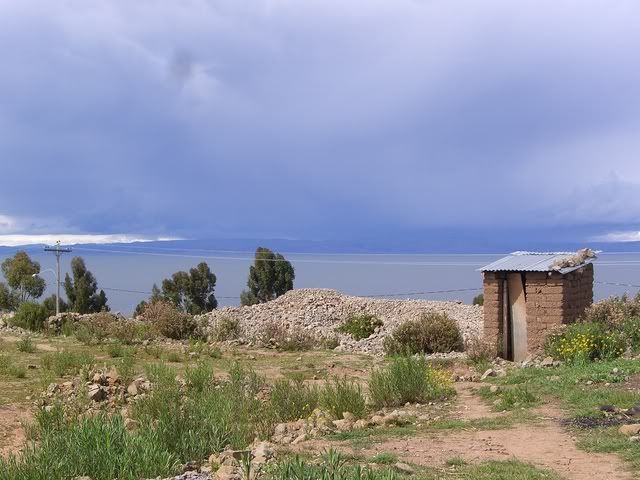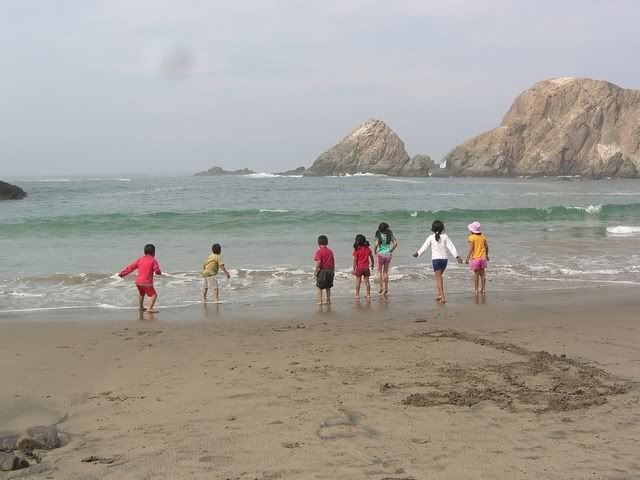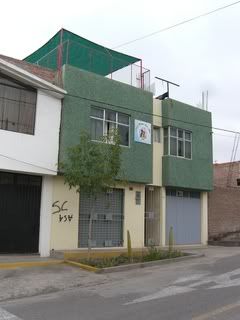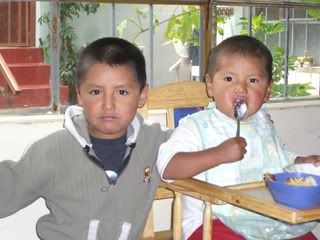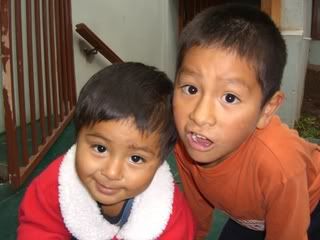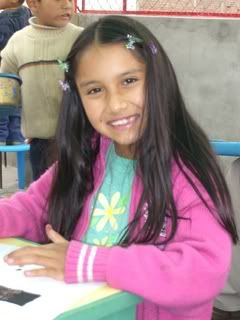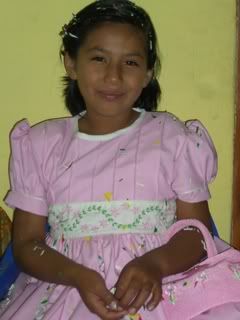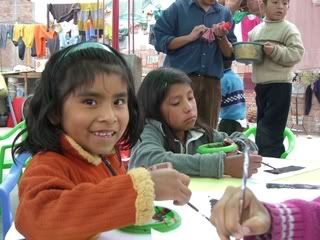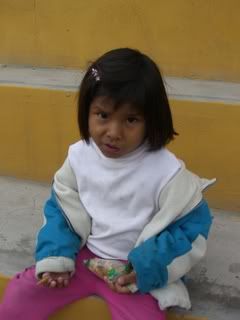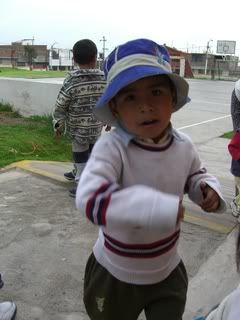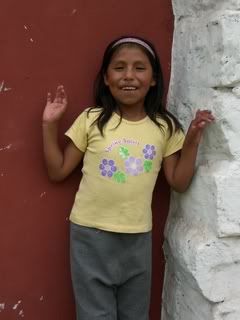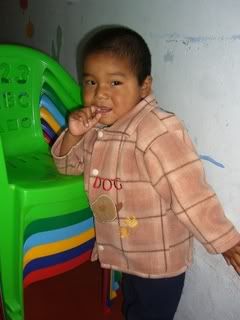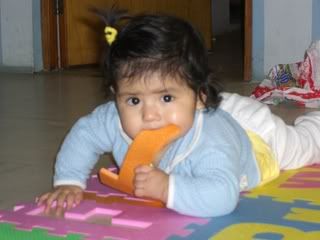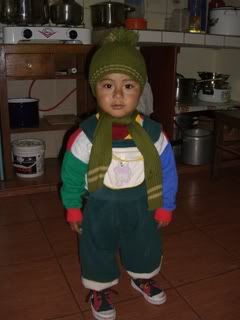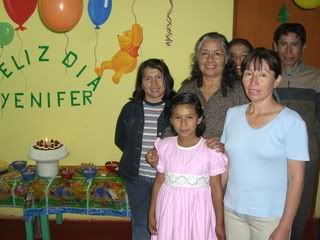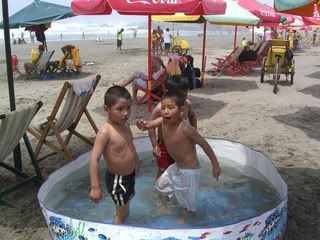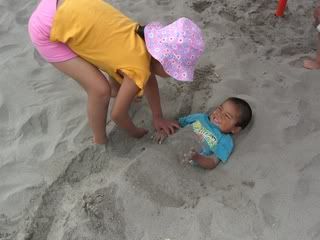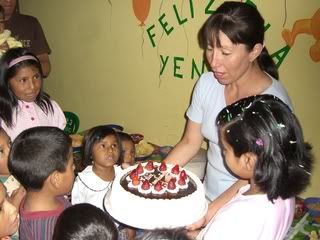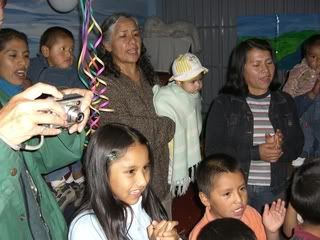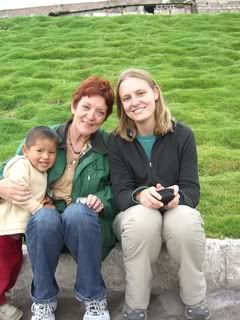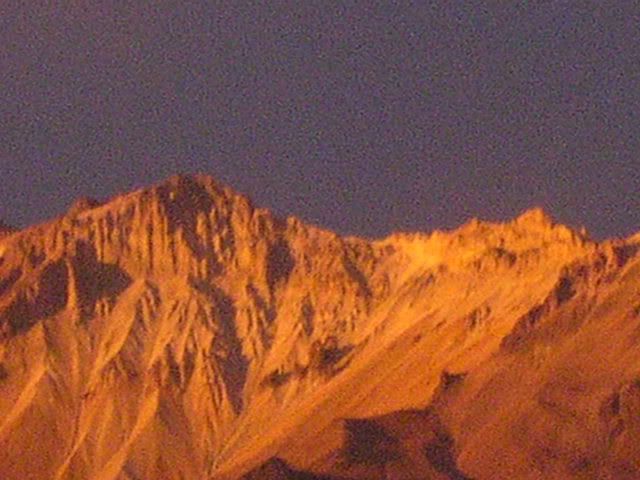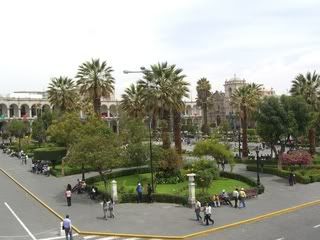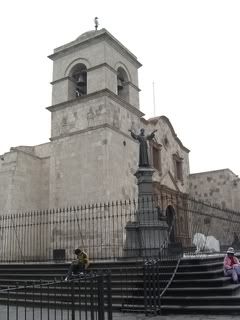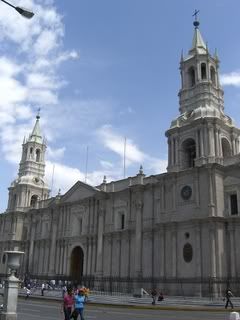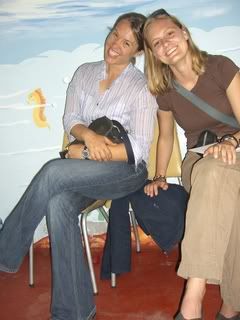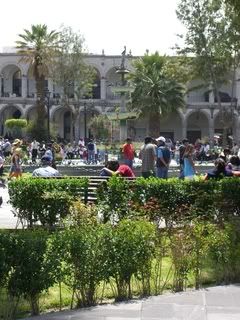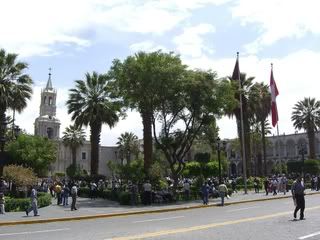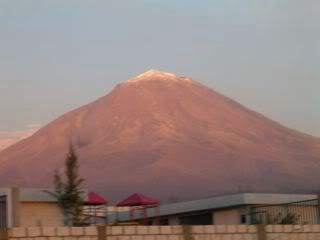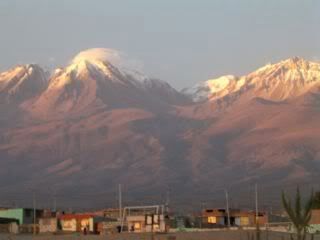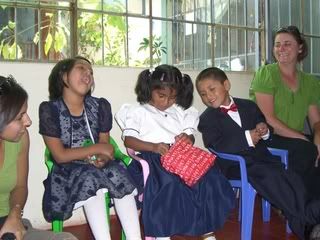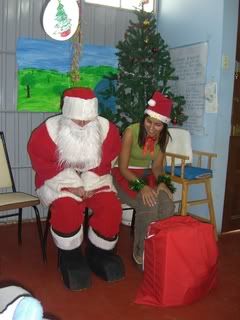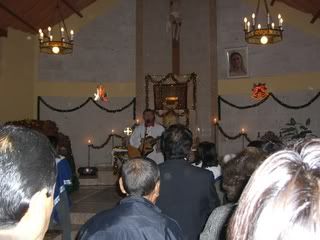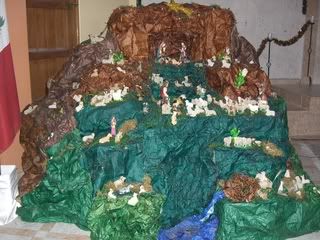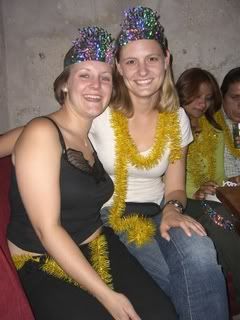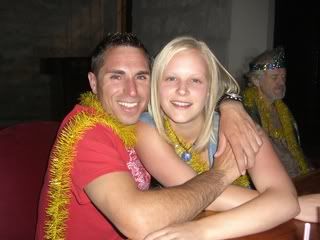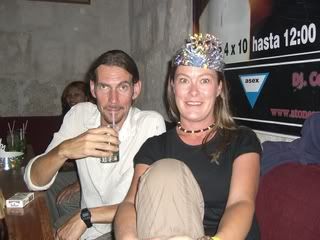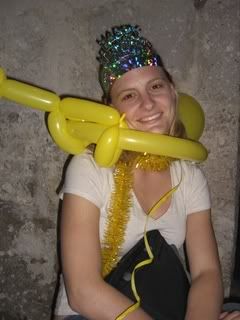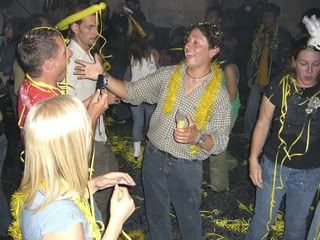Chile 1 – Valparaiso
February 1st, 2008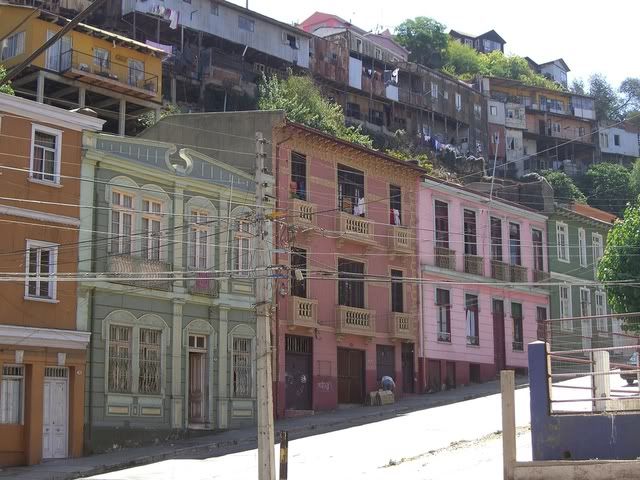
I think I’ve been slacking a bit on one of my favorite things lately…lists. So, I’m going to kick things off today with a couple of lists about the differences between Ecuador/Peru and Chile.
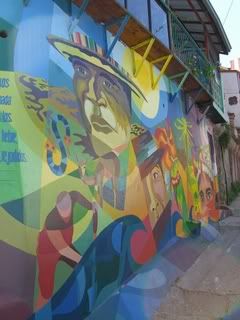
3 Things I Miss About Ecuador and Peru
-
The prices. While still cheaper than North America, Chile is noticeably more expensive than Ecuador and Peru. I guess I got spoiled with my $9 per night with private bath the past few months. Of course, the higher prices seem to come with a bit more law and order than exists in E & P so I guess that’s a good thing…
-
Clear, easily understood Spanish. I might as well be speaking Swahili here in Chile for all the good my Spanish is doing me. I was warned that Chileans are difficult to understand but I was definitely not prepared.
-
Friendly people. Chileans strike me as a bit more reserved population than other parts of South America. Not unfriendly, per se…just not chatty like Ecuadorians and Peruvians. But maybe that’s OK because I don’t understand a word they’re saying (see #2 above).
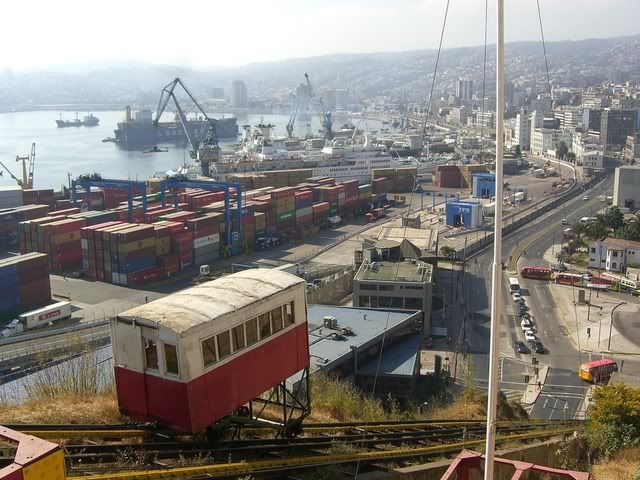
View of Valparaiso with Ascensor in the foreground
3 Things that Make Me Over the Moon to Be in Chile
- Napkins that do not resemble 1 square sheet of one-ply toilet paper. For real…the napkins in Ecuador and Peru are virtually useless. My greasy fingers could not be happier.
- The return of yellow lemons. For reasons that continue to confound we foreigners traveling through Ecuador and Peru…there are no yellow lemons to be found anywhere. Indeed, “limon” to Ecuadorians and Peruvians are actually limes and when you ask for a yellow lemon they stare at you blankly like they’ve never heard of such an outlandish thing. We don’t get it and it’s an endless source of confusion…but I’m here to tell you that in Chile…we have yellow lemons!!
- Hot showers. After a month of cold showers in Arequipa…enough said.
- Cheap, good wine everywhere. Hallelujah…my ship has come in!
- Sea critters. Those who have been keeping track know that my entire time in Peru was spent high in the mountains…which means no sea critters (aside from the excellent lake trout…which is more of a lake critter?). If you consult the map of my current location you will see that Chile in its entirety is bounded by the sea. Sea critters and wine…how could I be so lucky?
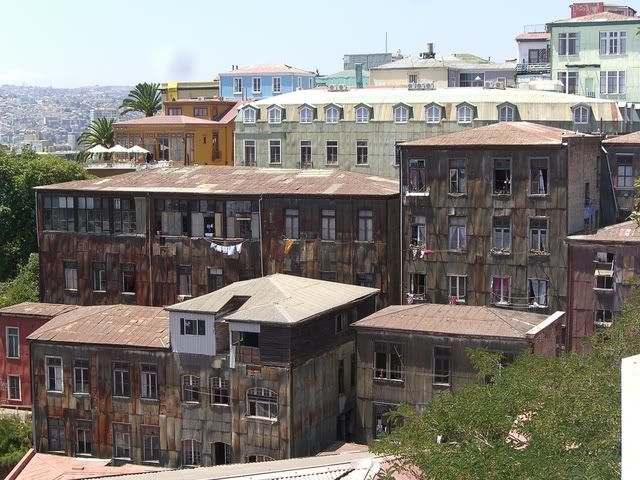

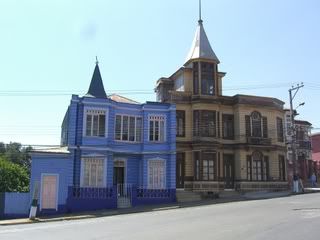
So I’ve gotten a few e-mails from people lately wondering about the 30 hour bus ride (but interestingly, no blog comments. Are everybody’s fingers too frozen to type?). The bus ride proved to be not so bad as it turns out that Chile has some fancy “sleeper” type buses that recline almost completely. Therefore, I spent about 30 hours laying in a “recliner-type” position which is, quite frankly, very relaxing. Upon arrival in Santiago I caught a one hour bus to Valparaiso on the coast which is where all of these pictures are from.

Well-kept mansion
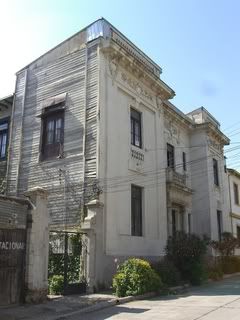
Appears well-kept from the front but on the side is disintegrating rapidly
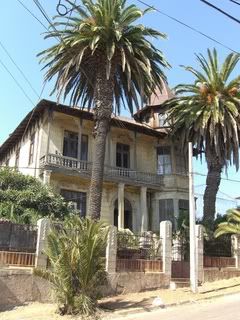
This one is also crumbling rapidly…and is for sale.
Lots of visitors to Valparaiso think it is a beach resort when, in fact, Valparaiso is actually
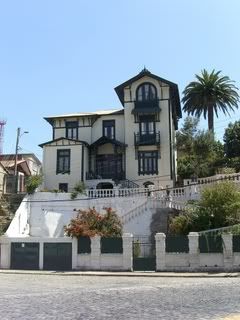
a very busy Naval base and shipping harbor. The main attraction in Valpo is the interesting architecture and brightly-painted buildings of years past. The city is built on a series of hills (cerros) which are connected via ascensores (elevators) similar to those you may recall from way back in Pittsburgh at Mile 3510. It’s may be hard to tell in these photos but some of these grand mansions are in very sad shape…frequently you can even see cracks in the walls from the earthquakes.
Other than wandering the old streets packed with mansions and slums there isn’t much to do other than a super cheap tour of the harbor (US$2). Of course, the guide´s Chilean Spanish was nearly impossible to understand so I got few of the details…but some pictures are included. The tourist office does a good job of organizing some self-guided tours through the streets….the one I like the best went along the rocky coast ultimately ending up at a (fairly rundown) beach but nonetheless, the scenery is beautiful.

A couple days rest and I’m ready to move on. I’m currently in Santiago again as I wait for my bus heading south. My first stop is Puerto Montt in the southern lake district and the Island of Chiloe. Not sure how the internet situation will be on Chiloe as it’s less touristy than other parts of Chile so don’t be surprised to see a bit of delay in the Extravaganza. My best to everyone and stay warm!
